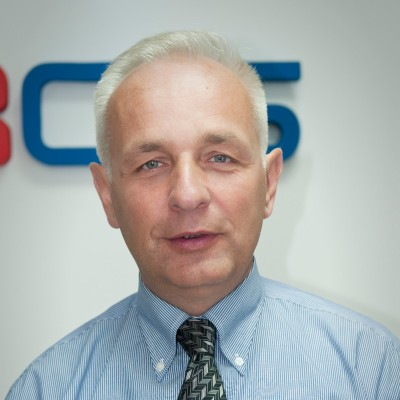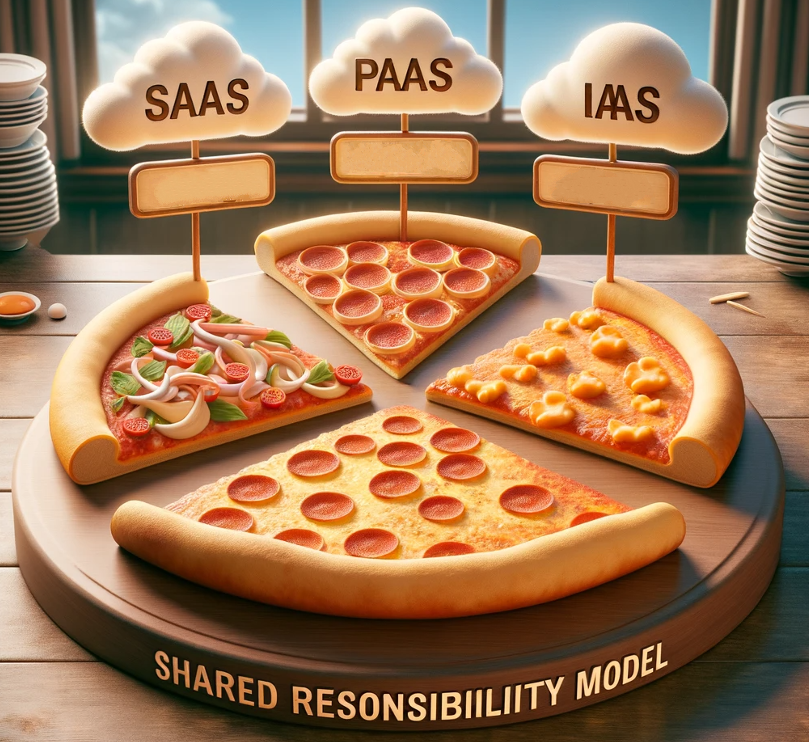This is my second blog post of a series of posts about Albanians that have achieved the much wanted CCIE status. It's meant to provide some background info for the CCIE Hall of Fame for Albania and Kosovo. This series contains non-technical content aiming to the inspiration of young Albanians to pursue similar paths like our much respected guests.
Meet Our Second Guest: Mesut Abdurrahmani
Our second guest is one of the first Albanians that reached the CCIE status in the early 2000s. I've had a chat with Mesut to discover more about his CCIE path, the impact it has had on his career, as well as what he has learned during the journey. He has been working initially in Kosovo at two of the best ISPs Kujtesa and IPKO, and later on at Juniper Networks for more than 17 years, working initially as Focal Support Engineer, then as Team Lead for BRAS and in the last years as Lead Solution Architect. He was kind enough to answer some direct questions about his career, that you can read in the rest of this post.
1. What sparked your interest in networking and technology? Who or what has been your biggest inspiration in your career?
- In the early 2000s a Cisco Academy branch was founded in Prishtina, Kosova. I was encouraged by my family to give it a try and since then I have pursued this career path. Therefore, if I had to choose a person that helped me to do and be where I am now - it would probably be my father, from whom I heard the word Cisco and computer networking for the first time.
In the case of the goal of CCIE cert, two of the reasons were:
- To prove to myself that I can get this certification, that was perceived as a very difficult challenge.
- At that time, there was a Cisco page that included all countries that had CCIE certified engineers. Kosovo/Albania did not have any, and we wanted to put it in the map. Mind me, we were in early 20s. :)
2. Can you describe your experience while preparing for the CCIE exam? How did you balance study with other commitments?
- This is an interesting question that brought back memories of 2004/5. I studied for CCIE very intensively for over a year with a group of friends. Basically, my schedule would consist of doing my work in the first half of the day, and then straight to studying/training in the lab we created until midnight. Then repeat. Looking back, it's safe to say that we may have exaggerated with the intensity. The lab was made mainly of Cisco 2500 Series Routers and Catalyst Switches, already antique back then, that we were either acquired when they were decommissioned by some friendly companies or purchased at a bargain price in eBay.
3. What are some of the key achievements or milestones in your career since obtaining your CCIE certification?
- It's almost 20 years since I became CCIE, hence there were a lot that can be listed here. Some of the "feels good" moments that first came to my mind are the Broadband network designs that are used by tens of millions of subscribers across the EMEA region and beyond. Initiating the design of many features that are still in use in many customers around the world and finally seeing that my network designs/documents are used and reused by many peers across the world, that's something I am proud of.
4. What have been some significant challenges in your career, and how did you overcome them?
- One of the main aspects that makes networking and technology in general interesting is probably the ever-evolving landscape of technology that drives innovation. It's a challenge in itself to keep yourself up to date with the up-and-coming technologies.
5. How has being a CCIE certified professional impacted your career trajectory or opportunities?
- Except for personal level, where I think the whole journey to get CCIE certification has high value for my own self, I do not think that being CCIE certified had a direct impact on my career. Probably because shortly after being CCIE certified, I was employed at a Cisco competitor and haven't changed my job since.
6. What are some important life lessons you've learned during your journey to and after achieving CCIE certification?
- In personal level, the journey to becoming a CCIE at a very young age had an enormous impact in various aspects. If I had to single out some of them, they would be: believing that hard work pays off and that not many things can be deemed impossible.
7. How do you continue to grow and develop professionally? Are there specific areas or technologies you're currently focused on?
- In my current role as a lead solution design architect, I tend to work for Core & Edge, Data Centre, Broadband Networks, SDN, Cloud, SD-WAN and Security projects. My interests are broad enough at the moment.
Conclusions:
Mesut is one of the first Albanians that got CCIE certified. He has put a lot of sweat in the early 20's on getting the certification with restricted budget and lab equipment. CCIE has changed a lot since, but on talking to Mesut it's clear that the certification has a huge impact on the personal and professional side, with the most important one being creating the confidence needed for tackling larger problems and projects.
Mesut is one of the superstars in the CCIE Hall of Fame, and reading about him will definitely help in motivating more Albanians to pursue the same path.














.jpg)




